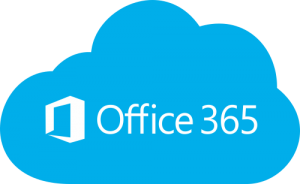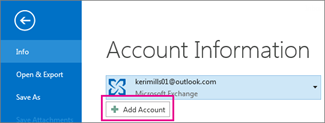| Beep Code |
Description and what to check |
| 1-1-1-1 |
Unconfirmed beep code. Reseat RAM chips or replace RAM chips as possible solution |
| 1-1-1-3 |
Verify Real Mode. |
| 1-1-2-1 |
Get CPU Type. |
| 1-1-2-3 |
Initialize system hardware. |
| 1-1-3-1 |
Initialize chipset registers with initial POST values. |
| 1-1-3-2 |
Set in POST flag. |
| 1-1-3-3 |
Initialize CPU registers. |
| 1-1-4-1 |
Initialize cache to initial POST values. |
| 1-1-4-3 |
Initialize I/O. |
| 1-2-1-1 |
Initialize Power Management. |
| 1-2-1-2 |
Load alternate registers with initial POST values. |
| 1-2-1-3 |
Jump to UserPatch0. |
| 1-2-2-1 |
Initialize keyboard controller. |
| 1-2-2-3 |
BIOS ROM checksum. |
| 1-2-3-1 |
8254 timer initialization. |
| 1-2-3-3 |
8237 DMA controller initialization. |
| 1-2-4-1 |
Reset Programmable Interrupt Controller. |
| 1-3-1-1 |
Test DRAM refresh. |
| 1-3-1-3 |
Test 8742 Keyboard Controller. |
| 1-3-2-1 |
Set ES segment to register to 4 GB. |
| 1-3-3-1 |
28 Autosize DRAM. |
| 1-3-3-3 |
Clear 512K base RAM. |
| 1-3-4-1 |
Test 512 base address lines. |
| 1-3-4-3 |
Test 512K base memory. |
| 1-4-1-3 |
Test CPU bus-clock frequency. |
| 1-4-2-4 |
Reinitialize the chipset. |
| 1-4-3-1 |
Shadow system BIOS ROM. |
| 1-4-3-2 |
Reinitialize the cache. |
| 1-4-3-3 |
Autosize cache. |
| 1-4-4-1 |
Configure advanced chipset registers. |
| 1-4-4-2 |
Load alternate registers with CMOS values. |
| 2-1-1-1 |
Set Initial CPU speed. |
| 2-1-1-3 |
Initialize interrupt vectors. |
| 2-1-2-1 |
Initialize BIOS interrupts. |
| 2-1-2-3 |
Check ROM copyright notice. |
| 2-1-2-4 |
Initialize manager for PCI Options ROMs. |
| 2-1-3-1 |
Check video configuration against CMOS. |
| 2-1-3-2 |
Initialize PCI bus and devices. |
| 2-1-3-3 |
Initialize all video adapters in system. |
| 2-1-4-1 |
Shadow video BIOS ROM. |
| 2-1-4-3 |
Display copyright notice. |
| 2-2-1-1 |
Display CPU Type and speed. |
| 2-2-1-3 |
Test keyboard. |
| 2-2-2-1 |
Set key click if enabled. |
| 2-2-2-3 |
56 Enable keyboard. |
| 2-2-3-1 |
Test for unexpected interrupts. |
| 2-2-3-3 |
Display prompt Press F2 to enter SETUP. |
| 2-2-4-1 |
Test RAM between 512 and 640k. |
| 2-3-1-1 |
Test expanded memory. |
| 2-3-1-3 |
Test extended memory address lines. |
| 2-3-2-1 |
Jump to UserPatch1. |
| 2-3-2-3 |
Configure advanced cache registers. |
| 2-3-3-1 |
Enable external and CPU caches. |
| 2-3-3-3 |
Display external cache size. |
| 2-3-4-1 |
Display shadow message. |
| 2-3-4-3 |
Display non-disposable segments. |
| 2-4-1-1 |
Display error messages. |
| 2-4-1-3 |
Check for configuration errors. |
| 2-4-2-1 |
Test real-time clock. |
| 2-4-2-3 |
Check for keyboard errors |
| 2-4-4-1 |
Set up hardware interrupts vectors. |
| 2-4-4-3 |
Test coprocessor if present. |
| 3-1-1-1 |
Disable onboard I/O ports. |
| 3-1-1-3 |
Detect and install external RS232 ports. |
| 3-1-2-1 |
Detect and install external parallel ports. |
| 3-1-2-3 |
Re-initialize onboard I/O ports. |
| 3-1-3-1 |
Initialize BIOS Data Area. |
| 3-1-3-3 |
Initialize Extended BIOS Data Area. |
| 3-1-4-1 |
Initialize floppy controller. |
| 3-2-1-1 |
Initialize hard disk controller. |
| 3-2-1-2 |
Initialize local bus hard disk controller. |
| 3-2-1-3 |
Jump to UserPatch2. |
| 3-2-2-1 |
Disable A20 address line. |
| 3-2-2-3 |
Clear huge ES segment register. |
| 3-2-3-1 |
Search for option ROMs. |
| 3-2-3-3 |
Shadow option ROMs. |
| 3-2-4-1 |
Set up Power Management. |
| 3-2-4-3 |
Enable hardware interrupts. |
| 3-3-1-1 |
Set time of day. |
| 3-3-1-3 |
Check key lock. |
| 3-3-3-1 |
Erase F2 prompt. |
| 3-3-3-3 |
Scan for F2 key stroke. |
| 3-3-4-1 |
Enter SETUP. |
| 3-3-4-3 |
Clear in POST flag. |
| 3-4-1-1 |
Check for errors |
| 3-4-1-3 |
POST done – prepare to boot operating system. |
| 3-4-2-1 |
One beep. |
| 3-4-2-3 |
Check password (optional). |
| 3-4-3-1 |
Clear global descriptor table. |
| 3-4-4-1 |
Clear parity checkers. |
| 3-4-4-3 |
Clear screen (optional). |
| 3-4-4-4 |
Check virus and backup reminders. |
| 4-1-1-1 |
Try to boot with INT 19. |
| 4-2-1-1 |
Interrupt handler error. |
| 4-2-1-3 |
Unknown interrupt error. |
| 4-2-2-1 |
Pending interrupt error. |
| 4-2-2-3 |
Initialize option ROM error. |
| 4-2-3-1 |
Shutdown error. |
| 4-2-3-3 |
Extended Block Move. |
| 4-2-4-1 |
Shutdown 10 error. |
| 4-3-1-3 |
Initialize the chipset. |
| 4-3-1-4 |
Initialize refresh counter. |
| 4-3-2-1 |
Check for Forced Flash. |
| 4-3-2-2 |
Check HW status of ROM. |
| 4-3-2-3 |
BIOS ROM is OK. |
| 4-3-2-4 |
Do a complete RAM test. |
| 4-3-3-1 |
Do OEM initialization. |
| 4-3-3-2 |
Initialize interrupt controller. |
| 4-3-3-3 |
Read in bootstrap code. |
| 4-3-3-4 |
Initialize all vectors. |
| 4-3-4-1 |
Boot the Flash program. |
| 4-3-4-2 |
Initialize the boot device. |
| 4-3-4-3 |
Boot code was read OK. |
| two-tone siren |
Low CPU Fan speed, Voltage Level issue |

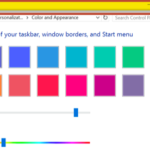
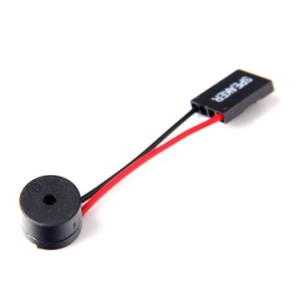
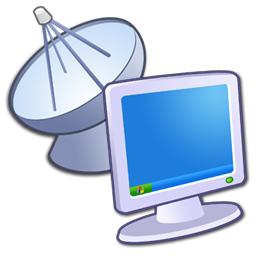

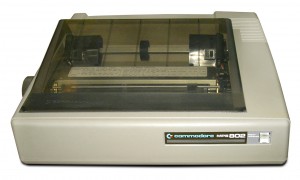
 , and then, on the Start menu, clicking
, and then, on the Start menu, clicking 